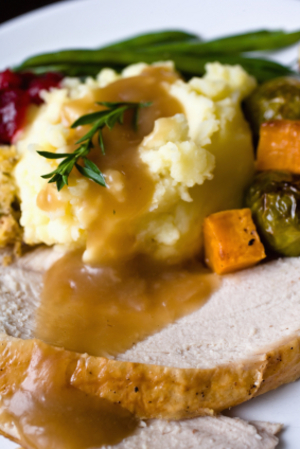The Gray Wolf also called the Timber Wolf. It is the largest of the wolf breeds, standing from 26 to 36 inches at the shoulder. And it can weigh from 70 to 135 pounds. The Grey Wolf has a two-layered coat. While called the Gray Wolf it can be black, red, white, brown, or a combination of those colors.
The farther North they are found, the bigger the wolf is. Males are bigger than the females. They usually lope at around 5 MPH, can run at 25 MPH for several miles and can sprint up to 45 MPH. The Gray Wolf can live to around 13 years of age.
Habits of the Gray Wolf
Gray Wolves usually run in a pack, for several reasons. First they seem to need the companionship. They are close relatives of the domestic dog and the way dogs interact with humans, the wolves interact with each other. It also makes them more, successful hunters, like a pride of lions, they can drag down large game. However all Gray Wolves do not run with a pack, some are loners.
The Wolf helps nature out a great deal. They kill weaker animals, leaving stronger ones as the breeders. This in turn makes the Elk, Deer or whatever stronger, down the line. Also other animals feed off the remains of prey that the Wolves do not consume.
The wolf pack is a social and socially ranked group. An Alpha male and female lead each pack. When one of the Alpha’s dies, the other quickly takes a new mate and usually keeps leadership of the pack. The average Gray Wolf Pack has 8 members but can be from 2 to 20 at times.
The Wolf pack hunts by scent and goes after any large herbivores in their area. They will take moose, elk, deer, caribou and even American Bison (Buffalo). When a wolf is a loner, he will take smaller game, such as rabbits, squirrels, and even mice.
Its hard to watch a western movie without hearing a wolf howl at some point in the show. Howling is a means of communication between members of the pack. They will also vary pitch in the howls to confuse prey and rival packs, as to the number of wolves in their pack.
Usually mating and breeding occur when wolves of age leave their pack and search out new territory. In the original pack it is usually the Alphas that mate a reproduce and each pack can only support one litter of pups per year. Wolf pups weigh around 1 pound when born, and are blind and deaf at birth. Average littler size is around 6 but can be between 1 and 14. Gray Wolf pups stay in the den until about 3 weeks old and are often weaned at 8 to 10 weeks. The entire pack will help with pup duties to some extent.
Enemies of the Gray Wolf
Man has always been the biggest enemy of the Gray Wolf. Destroying habitat and hunting the Wolves for fur and out of fear almost made them extinct. Wolves get a bad rap and are feared for little reason. Documented attacks by Gray Wolves on humans are rare.
Wolves will hunt down and kill any coyotes they can catch. Coyotes are both a threat to the Wolf Cubs and also compete for prey. From time to time wolves and cougars have a run in, usually with the Wolf (if in a pack) coming out on top. Wolves will also kill cougar cubs when given a chance to get them. Wolves will also take kills from cougars. Bears however have been known to bluff wolves from their own kills and take them. Wolves have been seen driving off a mother bear (no easy task) so they can kill the Bear Cubs. Siberian Tigers in Russia seem to find wolves to be a tasty snack and kill them when they can. Certain domestic dogs have been bred to fight off a wolf pack, but most dogs suffer a bad fate from wolves in any fight.
Habitat of the Gray Wolf
Grey Wolves can be found in parts of North America, Europe and Asia though in greatly reduced numbers than in the past. It is on endangered species lists in most areas that it remains in. However the population seems to be on a comeback and they have been reintroduced into some places like Yellowstone Park.
Wolves can adapt to most kinds of territory if there is enough land to range and hunt on. They do seem to like timber-covered land as it provides prey for them. Only the rainforest and a real dessert can’t sustain Wolves if they have enough space. I hope you have enjoyed this article about the Habits and Habitat of the Gray Wolf, on associatedcontent.com.



